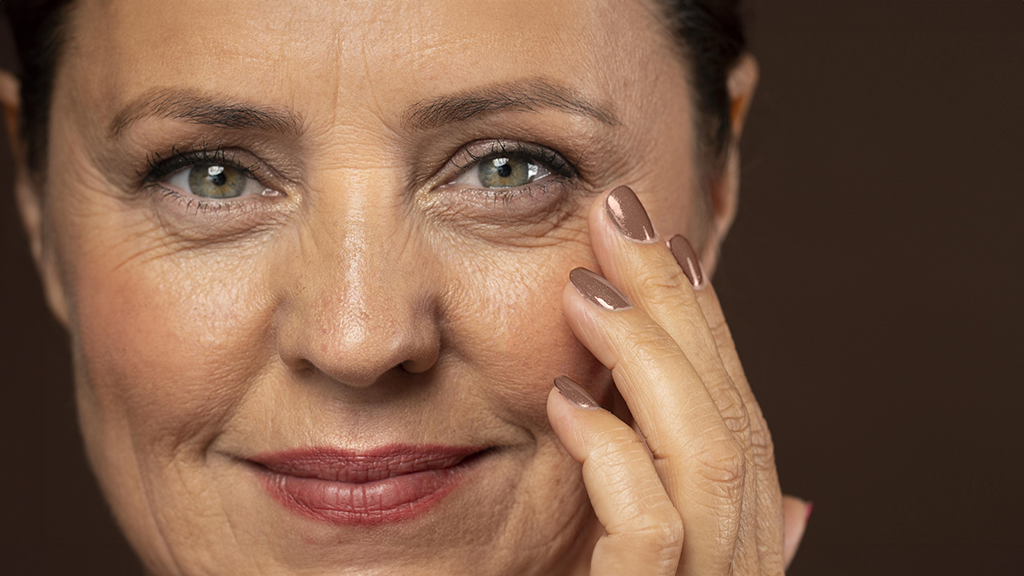Facial Fat Grafting
Fat grafting, also referred to as free fat transfer, autologous fat transfer, fat injections and lipofilling, is a minimally invasive procedure where the patient’s own fat is harvested from one area of the body (abdomen, waist, hips and the buttocks) and re-implanted where needed.
The characteristics of an aging face include wrinkling of the skin due to sun exposure and loss of elasticity, sagging of soft tissues due to gravity, and loss of volume in the face giving the face a haggard and hollow appearance. Facial Fat Grafting replaces the lost facial volume, restoring the face to its natural, youthful appearance.
Facial fat grafting can be used for correcting or improving:
- Thin or gaunt areas of the face
- Asymmetric areas of the face
- Sunken eyelids (tear trough hollow below the eyes)
- Thinning lips
- Soft tissues of chin and cheeks
- Temples
- Jawline
- Facial scars from acne or trauma
Although fat grafting is most commonly used on the face, it can also correct atrophic aging of the hands and post-surgical and post-traumatic defects. However it is important to understand that not every area of the body responds well to fat transfer.
The Facial Fat Grafting Procedure
Depending on the extent of the area being treated, facial fat grafting can be performed under either general or local anaesthetic. It is a non-invasive procedure with minimal scarring. Recovery time is minimal, and most patients can return to work and/or other non-strenuous activities the day after the procedure.
There are three parts to this procedure:
- Harvest:
– The donor site is prepared. Fat is harvested from areas of the body where the fat is most tightly packed, such as the abdomen or the buttocks.
– The fat is harvested using a cannula (thin hollow needle) connected to a syringe. This process is very similar to liposuction. - Purification:
– Fat is purified either by hand or mechanically to obtain fat cells for grafting.
– Fat cells are prepared for transfer. - Grafting:
– Area for graft is prepared.
– With a cannula the prepared fat cells are injected into the area.
– The injection is repeated until the desired correction is achieved.
Fat has a tendency to become re-absorbed into the body and, as it is not possible to predict exactly how much fat will survive after grafting is complete, follow-up appointments are necessary to monitor the results. When fat grafting is successful, natural results are achieved which last 1 year or longer. In most cases the results are permanent after repeated (usually 3-4) separate injection treatments.
The procedure can be used alone or in combination with other Facial surgical procedures such as Facelift, Brow lift and Eyelid Surgery.
Risks & Complications
All patients must understand and accept that no surgical procedure is absolutely free from risk. For further information concerning the risks and complications associated with Facial Fat Grafting, please refer to Risks and Complications of Fat Grafting.
For details about procedures and treatments or for a consultation, advice and prices from our Dubai clinic please call +971 4 431 2396 or use our online form.



